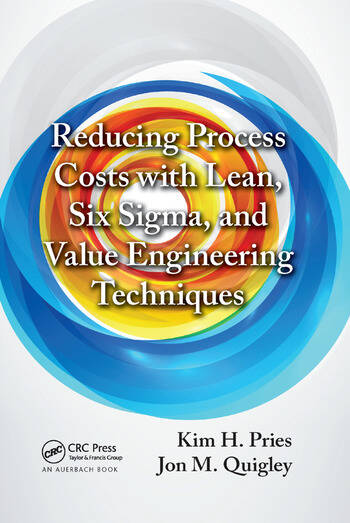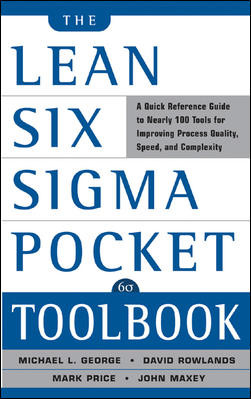The U.S. Labor Department reported last week that new applications for jobless benefits rose to 384,000, up 25,000 from the previous week. Paradoxi-cally, perhaps, many companies continue reporting a severe shortage of skilled labor.
The U.S. Labor Department reported last week that new applications for jobless benefits rose to 384,000, up 25,000 from the previous week. Previously, the Department reported that unemployment in May rose to 5.5 percent from 5 percent in April-the largest one-month increase in 22 years. Paradoxically, perhaps, many companies continue reporting a severe shortage of skilled labor.
A recent study commissioned by Advanced Technology Services Inc. (Peoria, IL) and carried out by Nielsen Research (New York) asked 100 senior manufacturing executives at companies with annual revenue between $10 million and $1 billion what they expect the shortage of skilled labor will cost their companies over the next 5 years. Eighty-one percent of the respondents said this shortage will cost, on average, $52.2 million. Of the companies with more than $1 billion in annual revenue, 44 percent of respondents say the shortage will cost them more than $100 million over 5 years.
Writing recently inPRISM (American Society for Engineering Education, Washington), Jeffrey Selingo says that about 60 percent of the federal government’s rank-and-file workers, and 90 percent of its top managers, will be eligible to retire over the next 10 years. It is also estimated, he says, that 60 percent of federal government employees are more than 45 years old today, compared with 30 percent in the private sector. This graying of the workforce is more pronounced at agencies with large numbers of scientists and engineers. By 2010, half of the researchers at the nation’s defense labs will be eligible to retire.
The American Welding Society (Miami) estimates that nearly half of the skilled welders are approaching retirement, leaving North America to cope with a shortage of more than 200,000 skilled welders by 2010. To address this shortage, AWS Local District 10, which covers part of Ohio and Pennsylvania, has joined forces with area businesses, unions and high school educators to propose a first-ever Welding Advisory Council. The goal of this Council is to show parents and educators that, contrary to a long-standing image as a “dirty job,” welding offers a multitude of lucrative and rewarding career paths.
In its just-published white paperConfronting the Talent Crunch: 2008, Manpower Inc. (Milwaukee) suggests a number of proactive approaches that governments and employers can adopt to improve the situation or, at least, mitigate the severity of the problem.
For their part in creating a talent pool of qualified employees, governments-particularly in emerging and developing economies-will need to make policy decisions to invest in education, and vocational and technical training. Employers also need to invest in work-based vocational and technical training. More importantly, employers need to retain talent. No longer can they afford to lay off 5,000 employees with obsolete skills today, and hire 5,000 new employees with the “right skills” tomorrow.
You can find the complete white paper atwww.manpower.com. It’s worth your time and you may find several ideas to help your company address the talent crunch in the years ahead.
Editorial: Help Wanted
Looking for a reprint of this article?
From high-res PDFs to custom plaques, order your copy today!






